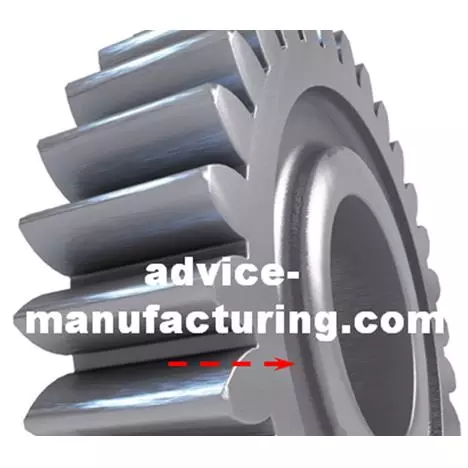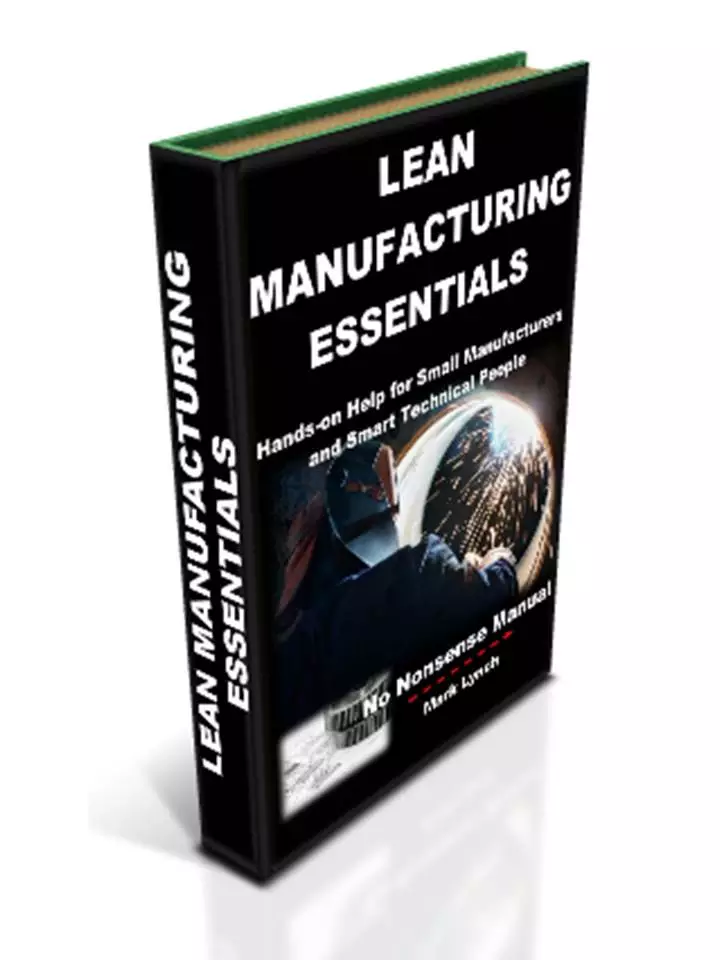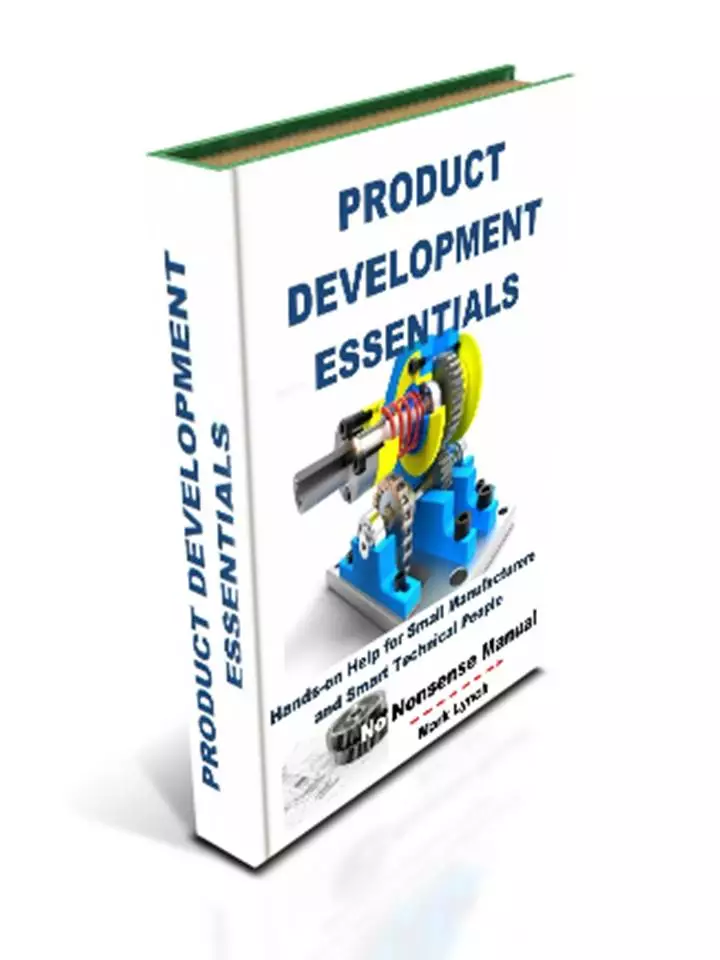'Hands-on Help for SMEs' and Smart Technical People'
CAD Software Selection:
Evaluation Considerations
CAD Software Selection
So you’re thinking of taking the plunge? Whether you are considering investing in 3D CAD for the first time or expanding what you’ve got, it’s critical to select the software that best meets the unique requirements of your business. Rather than be swayed by the sales slogans from the range of 3D vendors out there, try making your selection based on a structured logical approach that specifically meets your needs. It needn’t be complicated.
CAD Software Selection: The Evaluation Phase
Identifying your Personal CAD Requirements
As with most technical problems, a good place to start is by looking at your requirements. Understand exactly what you need. Make a list of what you are planning to achieve. What are your overall objectives? Start by reviewing some of the answers and advantages below:
Which of your high level business objectives are you attempting to address? What business processes are you attempting to improve? Examples include new product introduction, existing product redesign or alternatively production engineering improvements such as jig and fixture design or the introduction of Computer Aided Manufacturing.
As part of this, consider what stages of the development process you are aiming to enhance. 3D CAD can contribute throughout product development and indeed all the way through the product-lifecycle. See ‘CAD Engineering – The Basics for Small Manufacturers’ section, to clarify your thinking and identify which areas will apply to your business.
CAD Software Selection: Evaluating using your Specific Requirements
Additionally, list further requirements you think apply to your company. Some examples include:
- What’s your budget? – What is the maximum you are likely to be able to spend, both on CAD licenses and any IT upgrades. Alternatively explore whether you may be able to obtain limited funds now, with perhaps additional amounts at some time in the future. This approach can be justified, particularly if you can demonstrate cost savings (e.g. through saved time or reduced defects).
- When do you need it up and running by? - When do you want the software both installed and operational, i.e. staff adequately trained and being productive?
- How many CAD seats? – Consider which individuals will be trained to use the software, both initially but also potentially in the future. Is the arrangement scalable, as your design team expands with business growth?
- Who will use the CAD Software and for what specific purpose? – Which employees will actually use the CAD software? How frequently will they use it? What specific CAD activities will they undertaken, both initially but also in the longer term?
- Training Considerations? – Have you thought about tutorials that may come with the software? Is taught training available either at the vendor’s site or potentially at your business premises, if you have enough CAD seats? Do you want to go down the ‘train the trainer’ route, where one person receives formal training before returning to the business and training others? Additionally, what about supplementing taught training with online training videos and tutorials? What’s your overall strategy? Can it be integrated into employee personal development plans?
- Consider Support and Maintenance – What level of support will you require? This may depend on the internal skills you have or are likely to have after training. Phone and email support is highly recommended. Have you considered manuals, web forums and YouTube videos, as a means of overcoming problems?
- Specific CAD Features for Your Type of Business – Are there CAD functions and capabilities specific to the nature of your business? Is it worth receiving more advanced focussed training in these areas, as they are the features and skills your company requires? Examples include sheet metal design, welding and fabrication, tooling and die design, as well as electrical, cable and wiring design.
- Hardware, Networks and Systems Requirements – Are your existing IT networks and hardware like PC workstations, laptops and servers, adequate for smooth, stable CAD software operation? Have system requirements, like recommended processing speed and graphics cards, been reviewed against your equipment? Have you adequately sized monitors which will do the CAD models justice, particularly for large assemblies you may need to present?
- Data Management – consider how you want CAD data to be integrated into your existing IT networks. Who will require access and how frequently? Are there security implications? How will data be stored, transferred and backed up? What are the considerations for data transfer to suppliers and customers, including file type and version control?
- Location and Design Environment – Where will your CAD Engineers actually be located? Have you a dedicated work space conducive to detailed work where employees have to concentrate? Are laptop-based CAD workstations an option for increased mobility and flexibility?
Next... Researching and Selecting 3D CAD Software
Back to CAD Engineering Essentials
What CAD Software do You Rate?....Do you have any problems between CAD design and production engineering, or is it all seamless?
What CAD software do you rate the best and why?
How successful (or not) have you been using CAD to support other teams like production, maintenance and marketing?
Share your story...and receive a FREE copy of our report 'Helping Your Manufacturing Business Thrive'...
PS: Feel free to name-drop your firm! There's nothing wrong with a bit of free publicity!











